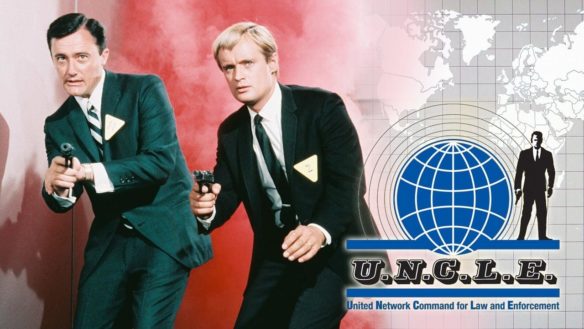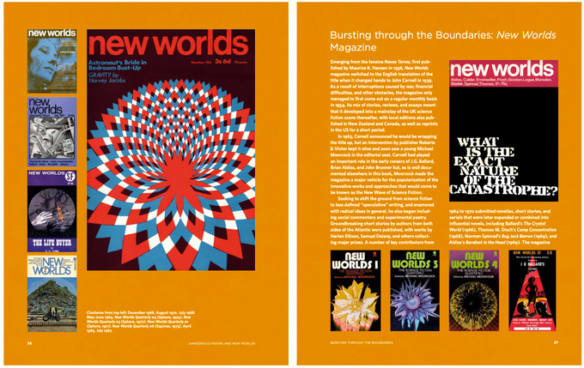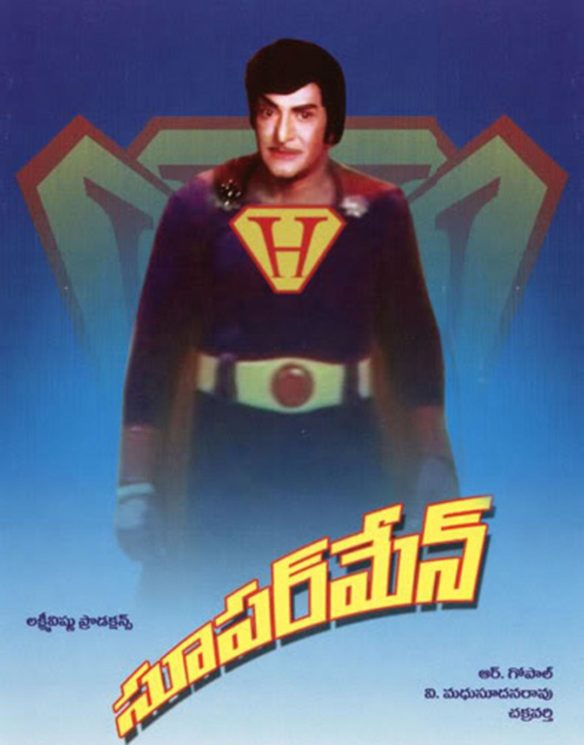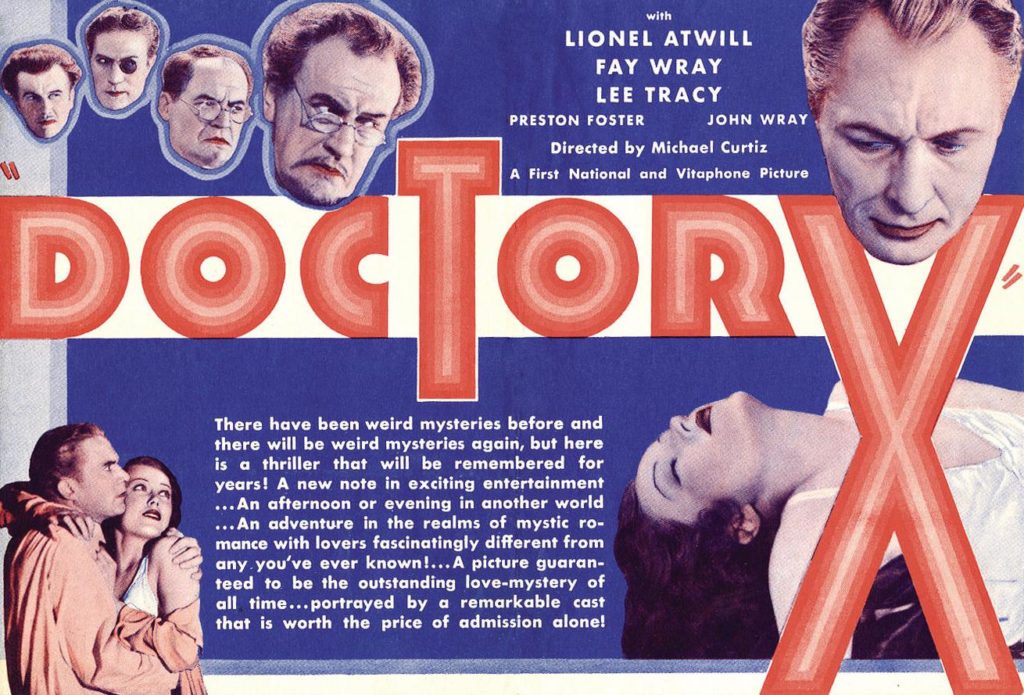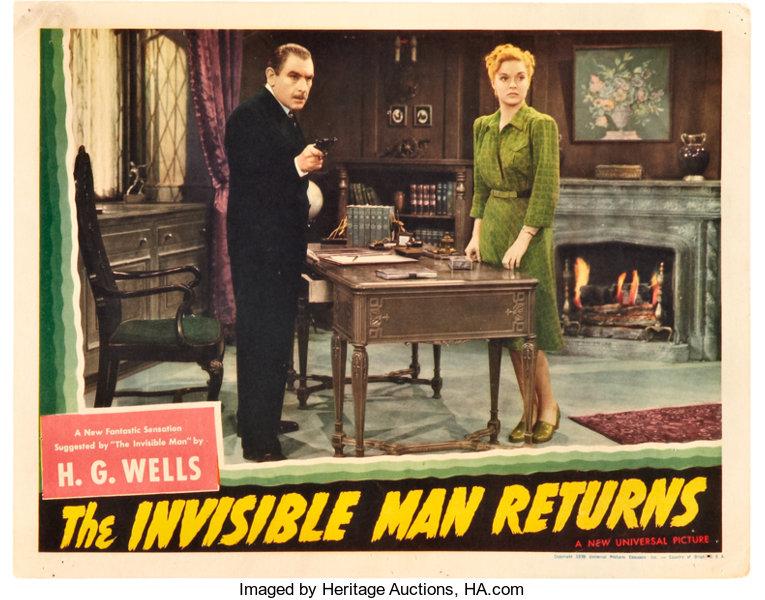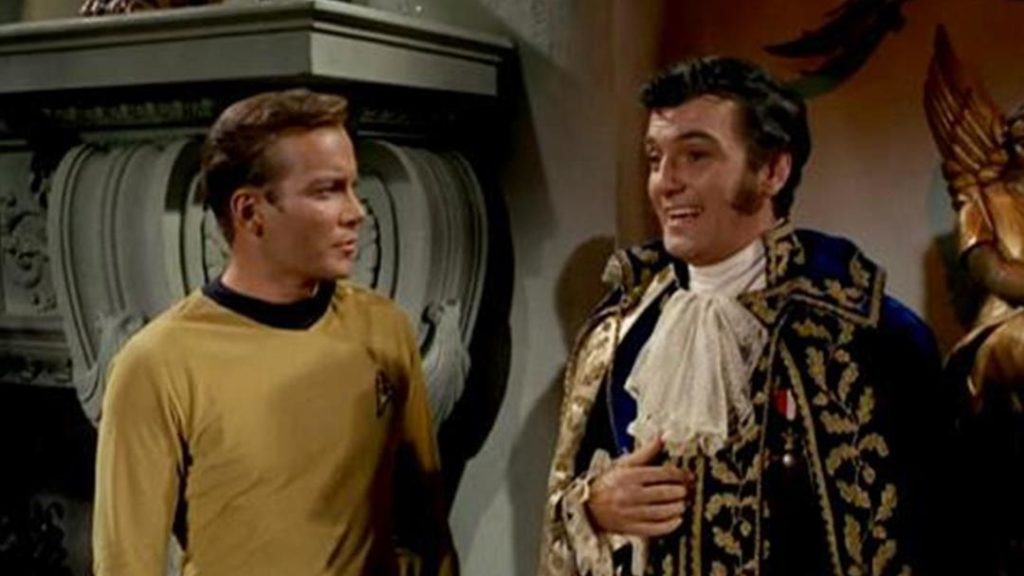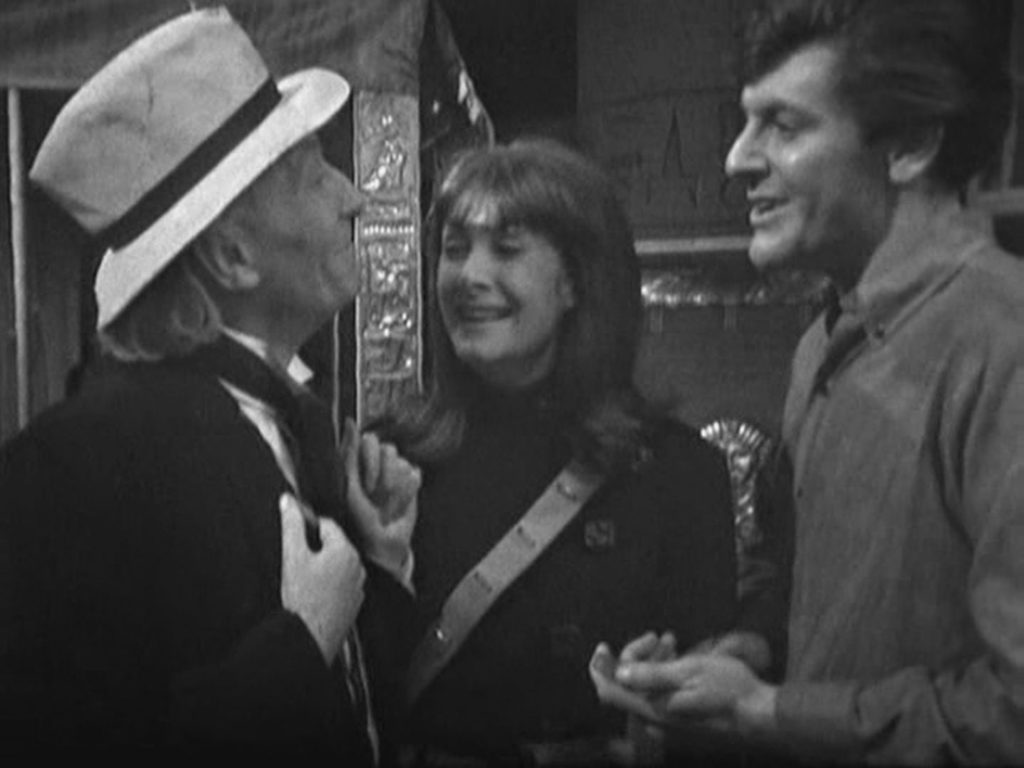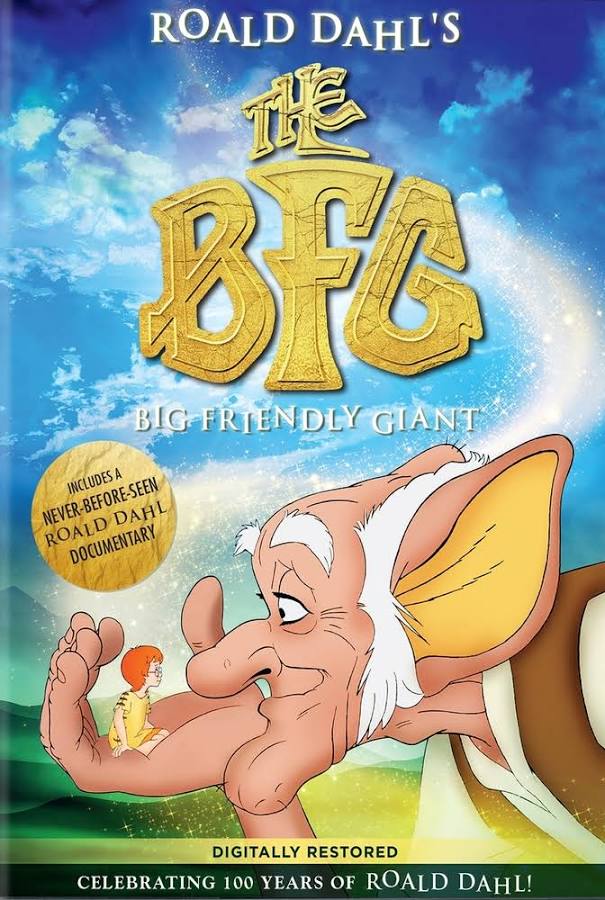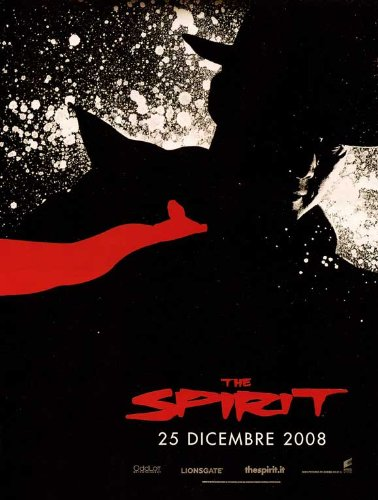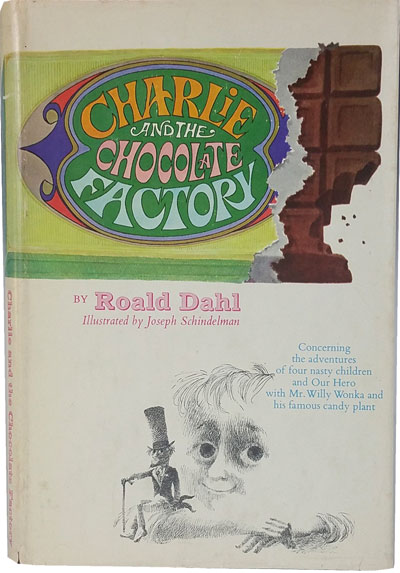(1) SOME LIKE IT HOT. Gwenda Bond, to promote her novel The Date from Hell, got herself appointed the Mayor of Hell for one day. As Bond told told Facebook readers:
When I found out you can be Mayor of Hell, Michigan, for the day, my reaction was obviously: Hell yes. So consider this a celebration of the Match Made in Hell books being out in the world — with the @lexwritersroom fire happening the week before The Date from Hell released, I feel like I didn’t do enough to get the word out about it. So consider this ridiculous fun your excuse to go buy either or both the books and/or leave reviews somewhere if you enjoy them. Meanwhile, the Mayor must do some writing!
Coincidentally, today the Lexington (KY) Herald-Leader also published its interview with Bond about the tie-in novel she wrote about a popular TV series: “Love ‘Stranger Things’? Try out the series’ first official novel, written by Lexington author”.
…Her novel, Stranger Things: Suspicious Minds, evolved to tell the story of Terry Ives, the mother of Eleven, a protagonist in the Netflix series. Suspicious Minds focuses on the backstory behind why Terry became involved in the experiment with Dr. Brenner, the show’s main antagonist….
Returning to Hell, Michigan for a moment – the questionnaire on their reservation page shows how open-minded those folks truly are. They ask —
Is our upcoming Mayor:
A Human
An Animal (dog, cat, lizard, etc.)
A Nonhuman (sock, stuffie, door knob, etc.)
(2) FACE-TO-FACE AT LAST. Asimov’s editor Sheila Williams’ editorial in the current Issue provides much more detail – and photos – about the 2020, 2021, and 2022 Dell Magazines Award winners. (See File 770’s report of the 2022 winner here.)
…After two years of Zoom ceremonies, It was a delight and a relief that the Dell Magazines Award for Undergraduate Excellence in Science Fiction and Fantasy Writing could once again be presented in sunny Orlando, Florida, at the annual International Conference for the Fantastic in the Arts (ICFA). The award, which is co-sponsored by Dell Magazines and the International Association for Fantastic in the Arts, and supported by Western Colorado University’s Graduate Program in Creative Writing…
The finalists [who were able to attend IAFA] dined with returning Dell Award finalists Rich Larson, Kay Chronister, and Eleanor Griggs, as well as Joe and Gay Haldeman, Nick Wolven, Alan and Karen Smale, Gregory Norman Bossert, Stephen R. Donaldson, James Patrick Kelly, Suzanne Palmer, Walter Jon Williams, and editor/publisher Jacob Weisman.
(3) TOLKIEN’S ORIGIN STORY. John Garth told Facebook readers he’d received his contributor copy of The Great Tales Never End: Essays in Memory of Christopher Tolkien, edited by Richard Ovenden and Catherine McIlwaine for Bodleian Publishing. To be released June 24, the book’s other contributors include the late Priscilla Tolkien, Vincent Ferré, Verlyn Flieger, Wayne G. Hammond and Christina Scull, Carl F. Hostetter, Stuart Lee, Tom Shippey and Brian Sibley.
Garth also shared a page from his own contribution, “The Chronology of Creation: How J.R.R. Tolkien misremembered the beginnings of his mythology”, which “establishes that he wrote his creation myth, The Music of the Ainur, in 1917 during recovery from the Battle of the Somme – two years before we thought.”
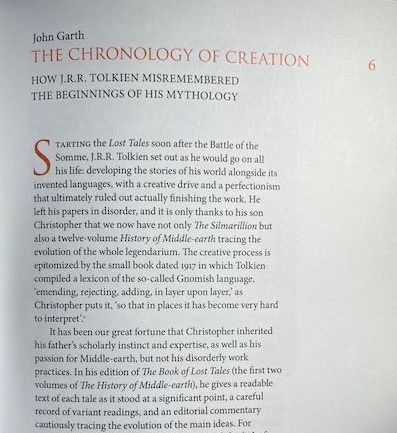
(4) PEEVED. Amanda S. Green tells Mad Genius Club readers “Rules are made to be broken” – or at least, not all advice about how to “win” at NaNoWriMo deserves to be followed.
… So, what had me reacting so strongly? It was one of those articles where “real writers” are asked for advice for those of us who struggle to finish writing projects. At least that’s the way the promo for the article is framed. But it really comes down to asking why less than 17% of writers who sign up for NaNoWriMo actually finish the challenge and what those 83% who fail to finish should do.
The first piece of “advice” give is to create “a comprehensive outline before you start writing.”
Look at that again. Not only are you supposed to outline your book but you are supposed to write a “comprehensive outline”. Forget the fact you might be a pantser. Forget the fact that you might do a one-five chapter general outline, staying ahead of where you currently are on the project. Oh no, you MUST write a comprehensive outline before you even start writing the book….
(5) TO INFINITY. Chris Evans, who voices the lead role in Lightyear, an animated Pixar movie that features a female space ranger who marries another woman, does his best to tell homophobic critics of the movie to kiss off in this Reuters interview.
“The real truth is those people are idiots,” Evans said in an interview with Reuters Television ahead of the debut of “Lightyear”…
“Every time there’s been social advancement as we wake up, the American story, the human story is one of constant social awakening and growth and that’s what makes us good,” he added.
…”There’s always going to be people who are afraid and unaware and trying to hold on to what was before. But those people die off like dinosaurs,” Evans said. “I think the goal is to pay them no mind, march forward and embrace the growth that makes us human.”
…”Lightyear” was banned in the United Arab Emirates because it depicts homosexuality, and Disney has been unable to secure permission to show the movie in 13 other Middle Eastern and Asian countries.
(6) NO BONES ABOUT IT. Vanity Fair had a paleontologist review a bunch of famous dinosaur movie scenes. He said every one of them is 100% scientifically accurate. Okay, you got me, I lied.
How accurate is Hollywood when it comes to depicting dinosaurs on the big screen? Paleontologist Mark Loewen reviews dinosaur scenes from films including Jurassic Park, The Lost World: Jurassic Park, Jurassic World, Jurassic World: Fallen Kingdom, Land Of The Lost, King Kong, Night at the Museum, and more.
(7) SASA NEUMAN (1952-2022). LASFS member Sasa Neuman died Monday, June 13 of a heart attack. Craig Miller who knew him since high school, wrote a tribute on Facebook.
Neuman joined LASFS in 1982 but I know he was networked with fans earlier than that because the 30 gallons of ice cream we served at the 1978 Westercone Ice Cream Social came from his Baskin Robbins franchise.
Many more tributes are pouring in at Neuman’s own Facebook page.
(8) SHAMUS YOUNG (1971-2022). Shamus Young, who has written the Twenty Sided gaming blog since 2005, died June 15 of cardiac arrest at the age of 50. Young was a 2016 Best Fan Writer Hugo finalist, and was on the Rabid Puppies slate. He wrote a long post about his health challenges last year on his fiftieth birthday.
(9) MEDIA BIRTHDAY.
1955 – [By Cat Eldridge.] Sixty-seven years ago this day, This Island Earth went into general circulation in the United States, five days after it premiered in New York.
It was produced by William Alland, and directed by Joseph M. Newman and Jack Arnold. It was written by Franklin Coen and Edward G. O’Callaghan as based on the novel by Raymond F. Jones, first published in Thrilling Wonder Stories as three separate novelettes, “The Alien Machine” in the June 1949 issue, “The Shroud of Secrecy” in the December 1949 issue, and “The Greater Conflict” in the February 1950 issue.
The primary cast was Jeff Morrow as Exeter Faith, Domergue as Ruth Adams, Rex Reason as Cal Meacham, Lance Fuller as Brack and Russell Johnson as Steve Carlson. The last of course will be will known later as the Professor on Gilligan’s Island.
It was made at a cost of around eight hundred thousand and made at least one point eight million in its first run.
Critics in general loved it, it did very well at the box office but currently the audience reviewers at Rotten Tomatoes give it a not so great forty-four percent rating.

(10) TODAY’S BIRTHDAYS.
[Compiled by Cat Eldridge.]
- Born June 15, 1910 — Harold Lawlor. April 1942 saw “The Eternal Priestess” published in Fantastic Adventures, his first sale. His first story for Weird Tales was “Specter in the Steel”, May 1943. Over the next decade, twenty-nine stories by him would appear in Weird Tales. Alas I don’t believe his stories were ever collected and published. If I’m wrong, please do tell me. (Died 1992.)
- Born June 15, 1939 — Brian Jacques. British author who surprisingly is not on the ISFDB list today. Writer of the exceedingly popular Redwall series of novels (I read a few of them, they’re excellent) and also of the Castaways of the Flying Dutchman series. He also wrote two collections of Alan Garner style fiction, Seven Strange and Ghostly Tales and The Ribbajack & Other Curious Yarns. (Died 2011.)
- Born June 15, 1941 — Neal Adams. Comic book artist who worked for both DC and Marvel. Among his achievements was the creation with writer Dennis O’Neil of Ra’s al Ghul. I’m a DC fan so I can’t speak for his work on Marvel but he did amazing work on Deadman, Batman, Green Lantern and Green Arrow. All of this work is now available on the DC Universe app. It should be noted he was instrumental in the efforts that resulted in Superman creators Jerry Siegel and Joe Shuster receiving long overdue credit and financial remuneration from DC. (Died 2022.)
- Born June 15, 1942 — Sondra Marshak, 80. Author of multiple Trek novels including The Price of the Phoenix and The Fate of the Phoenix, both co-written with Myrna Culbreath. She also wrote, again with Myrna Culbreath, Shatner: Where No Man…: The Authorized Biography of William Shatner which of course naturally lists Shatner as the third co-author. She also co-wrote the fandom reference book Star Trek Lives! with Jacqueline Lichtenberg and television producer Joan Winston. She was an important early promoter of Star Trek fan culture, and a publisher of fan fiction.
- Born June 15, 1951 — Kirstie Alley, 71. She’s here for being Saavik on Star Trek II: The Wrath of Khan, her very first film. It was, errr, interesting reading the various rumors why this was her only Trek film. Her SFF experience otherwise was brief limited to being an uncredited handmaiden on Quark, and being in the Village of the Damned as Dr. Susan Verner.
- Born June 15, 1960 — Sabrina Vourvoulias, 62. Thai-born author, an American citizen from birth brought up in Guatemala, but here since her teens. Her novel, Ink, deals with immigrants who are tattooed with biometric implants that are used to keep track of them no matter where they are. The Readercon 25 panel she was on, “East, West and Everything Between: A Roundtable on Latin@ Speculative Fiction” is available from the usual suspects as is all of her fiction.
- Born June 15, 1960 — William Snow, 62. He is best remembered as Lord John Roxton on Sir Arthur Conan Doyle’s The Lost World. (Yes, that’s it’s official title.) He also had the lead as David Grief on the Australian series Tales of the South Seas which had Rachel Blakey from Sir Arthur Conan Doyle’s The Lost World as Isabelle Reed. It was definitely genre.
(11) COMICS SECTION.
- Funky Winkerbean hasn’t suddenly gone genre, however, I can imagine fans having this conversation.
(12) NEW SERIES. [Item by N.] Scavengers Reign is on its way from HBO Max.
Looks like this short was the original pilot, or proof-of-concept.
(13) NOT QUITE WALTZING MATILDA. Tor.com’s Molly Templeton says “Emma Thompson Is a Terrifying Miss Trunchbull In the Trailer for Nextflix’s Matilda the Musical“, based on the work of Roald Dahl.
…Matilda is the story of a clever little girl surrounded by idiot adults. School is no better than home; at school, she has to contend with Trunchbull, a nightmare headmistress who basically tortures students. Smart, bookish Matilda has only her teacher, Miss Honey, for support—until she discovers she has a way to fight back.
In 1996, the novel was adapted into a film starring Mara Wilson as an iconic Matilda and Danny DeVito as Mr. Wormwood. The musical debuted in 2010, and arrived on Broadway in 2013. The trailer for this new version is full of tiny children singing about being revolting, which makes me love them all; I wish to watch this film immediately….
(14) UP ALL NIGHT. Andrew Porter sent a link to a February announcement — “These Six ‘Beloved’ Restaurants Won the 2022 James Beard America’s Classics Award” – because one of the honorees has a fannish connection. Says Porter, “Ted White established a tradition of ending Brooklyn NY Fanoclast meetings by a trip, in the middle of the night, to go to Wo-Hop, either by subway, or, sometimes, by car.”
It’s officially James Beard Award season: Today, the Foundation announced the first winners of 2022. As in years past, six long-tenured restaurants have been named “America’s Classics.” Per the Foundation, the award “is given to locally owned restaurants that have timeless appeal and are beloved regionally for quality food that reflects the character of its community.” Over 100 restaurants have won the award…and winners tend not to receive other nominations for Beard Awards.…
Wo Hop, New York, NY: One of the oldest restaurants in NYC’s Chinatown, Wo Hop stands as a testament to the old-fashioned Chinese American cooking that is increasingly hard to find.
(15) VIDEO OF THE DAY. Here’s a video interview with Dave McKean on illustrating the limited edition of The Gormenghast Trilogy. The Folio Society’s edition of Mervyn Peake’s Gormenghast trilogy is introduced by master of modern fantasy Neil Gaiman, illustrated by the extraordinary Dave McKean and signed by both contributors.
Award-winning illustrator Dave McKean provides the collection’s 142 original hand-drawn illustrations, as well as startling cover designs for each book and an exclusive art print of iconic villain Steerpike. Eschewing the traditionally gloomy and gothic, McKean’s concept has been inspired by the Gormenghast trilogy’s often overlooked sense of passion and colour. His renditions of Peake’s cast – from the enigmatic Countess Groan to the spidery manservant Flay – seethe with life and feeling, capturing the often stark surrealism of each book. Dave McKean has also created the hypnotic maze design that envelops the hinged collection case, bound in stone-grey Dubletta cloth and blocked in crimson metallic foil with the title screen-printed in black ink. Opening the case itself releases a burst of corvids silhouetted against the sky in silver ink.
[Thanks to Andrew Porter, Michael Toman, Cat Eldridge, N., Jan Vaněk jr, Steven H Silver, Daniel Dern, Aaron Pound, Mike Kennedy, Martin Morse Wooster, JJ, John King Tarpinian, and Chris Barkley for some of these stories. Title credit belongs to File 770 contributing editor of the day Steve “Clueful” Davidson.]


